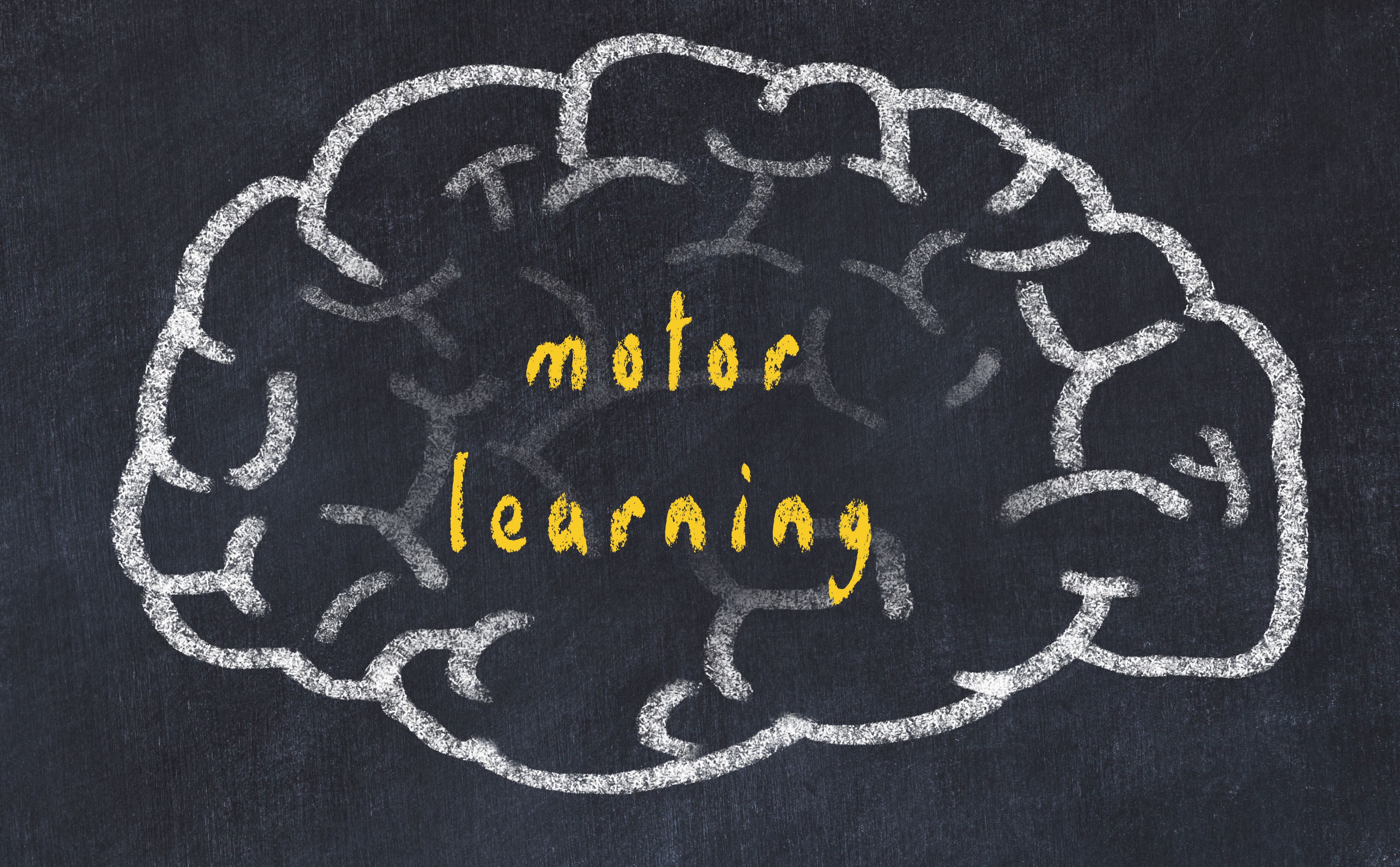Article
Pure Oxygen Treatment May Significantly Improve Motor Learning Processes
Author(s):
Study suggests supplemental oxygen may improve cognitive functions that are vital in motor learning, which can be important for people with neurological conditions or trauma.
Treatment with pure oxygen was shown to improve human motor learning processes when acquiring a new skill, according to a new study published in the journal Frontier, which evaluated Normobaric 100% oxygen treatment (NbOxTr) for visuomotor adaptation. Treatment was shown to improve information processing and memory functions, which are critical skills for motor learning.
Credit: iushakovsky - stock.adobe.com

Oxygen is already known to influence learning-related processes, and investigators suggested that increasing supply could improve motor learning processes used in visuomotor tasks, particularly during early learning stages.
Investigators conducted a study in which they divided a cohort of 40 young healthy men into 2 groups to receive NbOxTr (100% oxygen) or regular air (normobaric medical-grade air [AirTr]). They aimed to explore the effect of pure oxygen on these motor learning processes while performing visual adaptation task.
“Visuomotor adaptation requires the transformation, integration, modification, and storage of visuospatial and kinesthetic information to reduce aiming errors, for example when a sudden distortion between visual feedback and motor output is installed,” the study authors wrote in the article.
NbOxTr was administered via nasal cannula at a flow rate of 5 L/min during the adaptation phase of visuomotor adaptation, which is 1 of 4 phases (baseline, adaptation, after-effect and refresher). The team tracked participant hand movements based on visual feedback.
NbOxTr was proven to benefit motor learning processes when administered during the early period of the adaptation phase, which is also considered to be the cognitive stage of learning. During adaptation, people were more likely to correct distortions between visual feedback and motor output. The results also suggest that increasing oxygen may enhance learning processes early on because it improves cerebellar functions in the brain, which is responsible for detecting errors during visuomotor adaptation, according to the study.
NbOxTr was considerably better than AirTr at improving the difference between behavioral outcomes of movement planning (IDE) and movement execution (PL) during the adaptation phase. Movement planning and execution are largely connected to strategic control processes and working memory, important motor learning processes in early-stage learning.
Limitations of the study include only using in vivo measurements of oxygen levels; relying on specific visibility measures; and measuring visuomotor adaption, which may not be a solid model for motor skill learning. This treatment could become a first-line treatment for patients with neurological conditions or trauma who need to rehabilitate and rebuild motor learning processes, according to the investigators.
“This NbOxTr technique may have promising potential for neurorehabilitation and skill learning approaches,” the study authors wrote. “Future studies should scrutinize long-term consolidation and the physiological mechanisms behind the improved learning processes, and whether such improvements occur in elderly individuals, neurological populations and in other motor learning tasks as well.”
Reference
Wang Z, Spielmann G, Johannsen N, Greenway F, Irving B, Dalecki M. Boost your brain: a simple 100% normobaric oxygen treatment improves human motor learning processes. Front Neurosci. Volume 17. July 2023; doi.org/10.3389/fnins.2023.1175649
Newsletter
Stay informed on drug updates, treatment guidelines, and pharmacy practice trends—subscribe to Pharmacy Times for weekly clinical insights.





